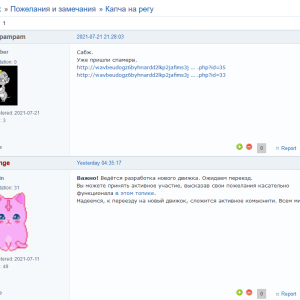It’s not just small and medium-sized enterprises that are seeing their credentials shared on hacker forums. This year, SpyCloud found almost 26 million Fortune 1000 business accounts and 543 million employee credentials circulating on the dark web.
The document sent to customers and dated on Monday said the force majeure would be implemented with immediate effect. It would impact container terminals in Durban, Ngqura, Port Elizabeth, and Cape Town.
Security researchers warn of three new zero-day vulnerabilities in the Kaseya Unitrends service. The vulnerabilities include remote code execution and authenticated privilege escalation on the client side.
APT Group Praying Mantis Hits IIS Web Servers with Deserialization Flaws and Memory Resident Malware
A sophisticated, likely government-sponsored threat actor has been compromising major public and private organizations over the past year by exploiting deserialization flaws in public-facing ASP.NET applications to deploy fileless malware.
At the end of May, the Babuk ransomware operators rebranded their ransomware leak site into Payload[.]bin and started offering the opportunity to other gangs to use it to leak data stolen from their victims.
In the wee hours of the Tokyo Olympic Games, an interesting Wiper malware surfaced that reminds of the same destructive malware that targeted the Pyeongchang Winter Games. This one is called “Olympic Destroyer.”
The additional phishing protection in Microsoft Teams is available for organizations using Defender for Office 365 to guard against phishing attacks that use weaponized URLs.
BRI Life, the insurance arm of Indonesia’s Bank Rakyat Indonesia (BRI), said that it was investigating claims that the personal details of over two million of its customers had been advertised for sale by unidentified hackers.
Since launching its first VRP more than ten years ago, Google has rewarded 2,022 security researchers from 84 different countries worldwide for reporting over 11,000 bugs.
The data breach has affected the unemployment benefits system and targeted 57,920 claimant accounts. The breach affected accounts within the Reemployment Assistance Claims and Benefits Information System, commonly known as CONNECT.









